Poker is a card game in which players independently try to assemble the best possible five-card hand. The winner takes all the chips at the table. In addition, there are often rules about how this money is shared after the game is over.
Poker has become an international game played by millions. Its popularity has also spawned a number of variants. Some are played with multiple cards, and some have a fixed betting structure. While there is no definitive rule about how to play poker, there are some guiding principles that most players follow.
For instance, the best way to win is by betting aggressively when you have a strong hand. This will force other players to fold and make the pot grow. In turn, this will allow you to collect a large sum of money. In contrast, if you have a weak hand, it is better to bet small to protect your position and keep your opponents from calling your bets.
Another important factor is bluffing. It is important to remember that other players can see when you are bluffing, so it’s essential to be believable. If you are not able to do this, your bluff will be obvious and will backfire.
When you are trying to read other players’ tells, look for things like a flattened hand, an open palm, a clenched fist, or other body language signals. You can also pay attention to the tone of their voice, and the way they move their head. Other tells include breathing heavily, sighing, blinking rapidly, nose flaring, and the color of their skin.
Once you have learned how to read the tells of your opponents, you can begin to make good bets. However, if you are playing online, this may not be as easy because you cannot rely on in-person cues. In such cases, expert players can make up for this by building behavioral dossiers of their opponents and even buying records of their hand histories.
In the early nineteenth century, the game of poker became popular in America. This was when the full 52-card English deck was introduced, and a number of changes were made to the game. For example, the flush was introduced and the wild card was added.
In most games of poker, each player starts with two personal cards. The rest of the cards are community cards, which everyone can use to create a poker hand. A poker hand consists of five cards, and the winning hand is the one with the highest value. A straight is 5 consecutive cards of the same rank, while a flush is 5 matching cards from the same suit. A three of a kind is 3 cards of the same rank, and a pair is 2 cards of the same rank, with an additional unmatched card. The most common poker hands are a flush, a three of a kind, and a straight.
